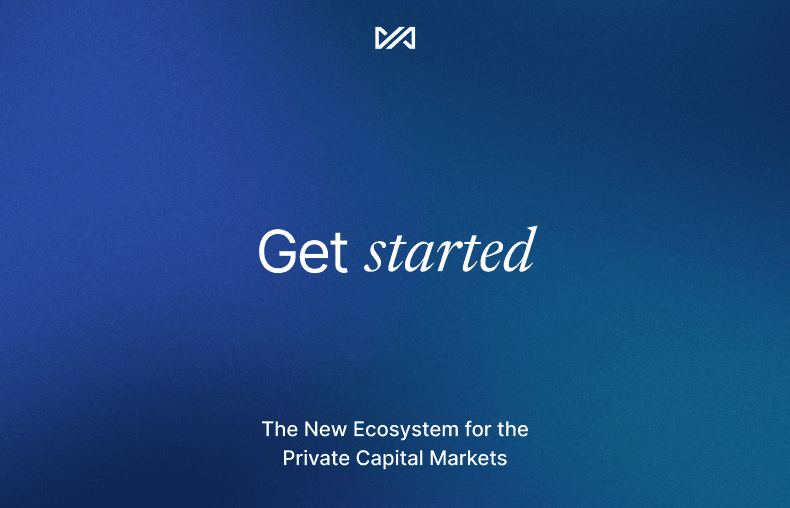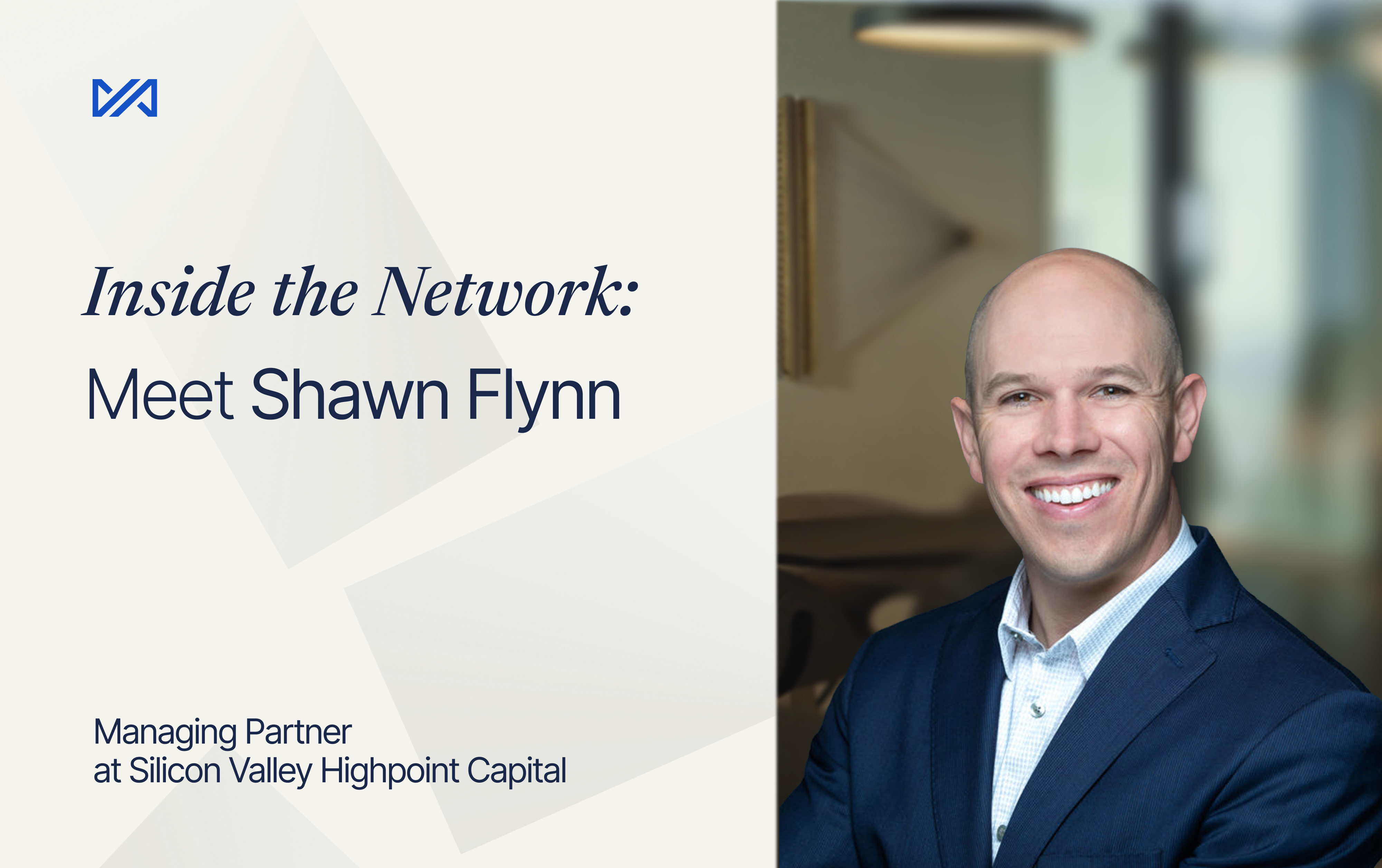Introduction
Continuing our analysis of what unfolded in the investment banking space in the first half of 2023, we turn our lens to the venture capital world. We will examine the highlights and challenges that the VC sector has faced so far this year.
A quick and comprehensive picture
The global venture sector began the year in remarkable form VC investments in 1Q23 heated up, showing a 37% improvement over 4Q22, with $44.1B poured into new ventures. Compared to $32.3B the quarter before that, the growth was evident and the next quarters are promising.
Then March 2023 happened, hitting the banking industry with a surprising twist - banking instability came to the fore with the stunning collapse of Silicon Valley Bank, sending shockwaves through every corner of the financial market, including the entrepreneurial ecosystem.
Indeed, the first half of the year has presented the global venture capital ecosystem with a market environment that has not been seen in years, with several factors contributing to this malaise. Among these, one primary concern has taken center stage over others: high interest rates.
The current rate set by the U.S. Federal Reserve, 5,06%, is the highest recorded since July 2007. The sky-high interest rates of late have had cascading effects on the VC landscape: deals, exits, and fundraising are all significantly lower compared with the highwater marks set in the past few years.
In this environment, startups are reducing costs and pursuing revenue generation by adapting to the realities of a tighter market, in order to not be dependent on investment rounds, which in turn are becoming more and more structured and volatile. Emphasis is being placed on emerging technologies such as artificial intelligence, that are expected to boost value across the whole economy.
The public sector is supporting the VC space by implementing bills such as the CHIPS and Science Act, to encourage the innovation economy. On the flip side, following the banking rollercoaster of early 2023, there has been a renewed focus on treasury management. Startups are investing considerable effort into working with local banks, particularly those that were instrumental in running programs such as the Paycheck Protection Program (PPP).
Fundraising
In the world of global VC investments, the first quarter of 2023 saw a surge of 10%, reaching a whopping $95B, driven by two significant deals. OpenAI and Stripe stole the spotlight with record fundraising rounds, contributing to a remarkable 37% QoQ growth in the US:
However, if we exclude these outlier investments, VC funding in the the United States actually experienced a decline of approximately 7%, and global VC funding also dropped by 9% when comparing 1Q23 with 4Q22. The venture capital landscape is dynamic, with both exhilarating highs and sobering considerations for investors and startups alike.
During the first six months of the year the global context in the markets and uncertain macroeconomic environment set the pace for a full-year fundraising figure that might hit a six-year low. The high-water mark of limited partners (LP) commitments in 2021 and early 2022 has fizzled out, mainly due to overallocation to venture capital during that period.
The slowdown in fundraising is particularly affecting emerging managers, who have managed to secure just $6.4B in commitments, making up only 19.1% of the total capital raised this year. Moreover, their investments were likely made at the peak of market valuations, raising concerns about overall performance now that valuations are decreasing significantly. Additionally, their reliance on high-net-worth individuals for fundraising makes them more vulnerable to VC market fluctuations, further slowing their fund commitments compared to institutional investors like pension funds and endowments. Consequently, 2023 is expected to be the first year since 2016 to witness emerging managers raising less than $20.M.
Dry Powder
On the other hand, the US venture capital dry powder figure remains high at $279.8B, with 60.9% of this concentrated in mega-funds with commitments of $500M or more. That said, it’s pertinent to note that many of these mega-funds have decreased their dealmaking activity in response to market volatility. While the substantial dry powder holds potential for future deployment, the catalysts for its drawdown will depend on access to liquidity, a reduction in headwinds, and a resurgence of significant investment rounds.
Exits
With respect to exits, vast amounts of funds remain locked within startups operating in late and venture-growth stages, as they balk at facing the intense scrutiny of public markets. Factors such as non-traditional investors retreating, elevated interest rates, and persistent inflation, continue to affect the potential for successful exits by startups, prompting LPs to reinvest capital into the VC ecosystem. Throughout the first half of this year, an estimated 588 exit events have generated an exit value of around $12.B, setting the stage for what might be the lowest figure of the decade.
Historically, acquisitions have dominated exit methods, and this year, they continue to account for the majority of exit events and generated exit value. Venture capitalists actively encourage their portfolio companies to seek liquidity, even if it means accepting lower returns through acquisitions, considering the challenges of public markets. Consequently, acquisitions have generated an impressive $6.8B in exit value, capturing approximately 56.5% of the total exit value generated thus far this year.
How about the unicorns?
At present, it is rarer for startups to reach unicorn status, although AI companies do appear to have a brighter chance than most. During the first quarter of the year, only thirteen unicorns emerged worldwide (a 32% drop QoQ and the lowest quarterly level in six years). Four out of thirteen were AI-related firms.
Unicorn births experienced significant declines in most major regions during 1Q23. However, in the US, new unicorns remained stable at 8, showing no change vs. 4Q22.
Locations overview
According to the Pitchbook NVCA Venture Monitor as of June 30, 2023, the San Francisco Bay Area takes the lead in deal count in the United States, with an impressive 567 deals, followed closely by New York with 458, and Los Angeles with 198 deals in the VC space.
When it comes to deal value, it's evident that certain geographical hubs dominate, and they are further grouped by deal stage. The Bay Area, in particular, showcases deal value across various deal stages as follows:
- 84% of deals in venture growth
- 62% of deals in late stage
- 71% of deals in early stage
- 58% of deals in angel and seed stage
- The rest of the deal value is distributed across other hubs and markets.
Highlighting some key facts about specific regions:
- SF Bay Area: below 20% of deal count for fourth consecutive quarter. As this area is losing deal count share, New York is increasing.
- New York: is on track to surpass 2,000 deals for the third consecutive year, gaining deal count share as the Bay Area declines.
- Seattle: has dropped behind Philadelphia and DC in deal value, accounting for just 17.2% of 2022’s total.
- Washington DC: after several years of strong venture capital fundraising (more than $3B raised each of the past three years), experienced the smallest decline in deal count among the top 10 markets. Is set to exceed 400 deals, challenging last year's count.
Conclusion
It is evident that the global venture capital sector, while not at its best moment over the first half of 2023, remains a driving force behind transformative change, shaping the future of the world economy. With intriguing possibilities ahead, the horizon for venture capital for the rest of the year holds great promise for those who remain attentive to opportunities. In our upcoming blog post, we will explore the top deals and sectors that have emerged from the beginning of the year to the present.
For deeper insights and expert guidance, don’t hesitate to reach out to us at Finalis.






